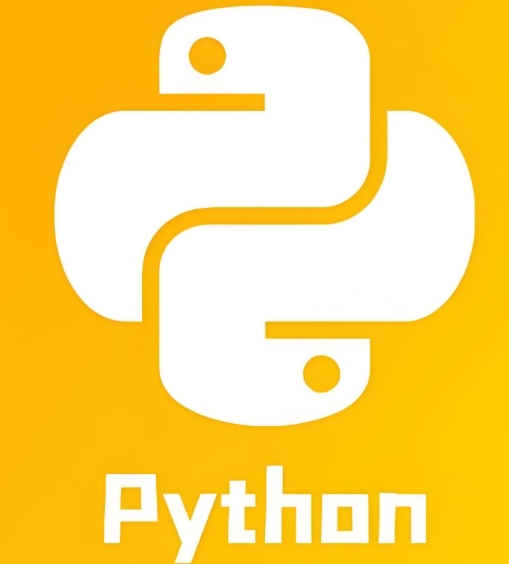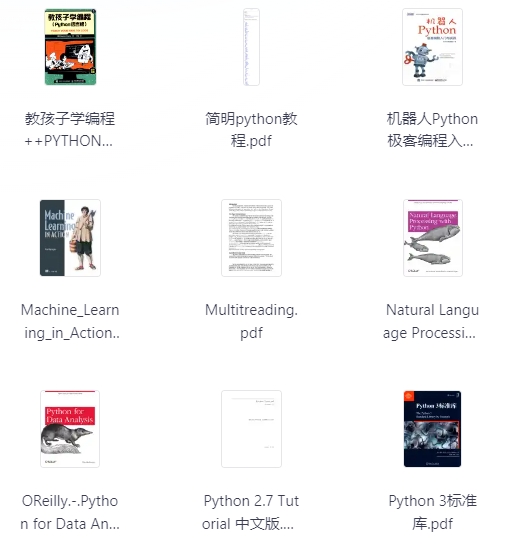python空格的使用规范,按照标准的排版规范来使用标点两边的空格。
括号内不要有空格.
按照标准的排版规范来使用标点两边的空格
Yes: spam(ham[1], {eggs: 2}, [])
No: spam( ham[ 1 ], { eggs: 2 }, [ ] )
不要在逗号, 分号, 冒号前面加空格, 但应该在它们后面加(除了在行尾).
Yes: if x == 4:
print x, y
x, y = y, x
No: if x == 4 :
print x , y
x , y = y , x
参数列表, 索引或切片的左括号前不应加空格.
Yes: spam(1)
no: spam (1)
Yes: dict['key'] = list[index]
No: dict ['key'] = list [index]
在二元操作符两边都加上一个空格, 比如赋值(=), 比较(==, <, >, !=, <>, <=, >=, in, not in, is, is not), 布尔(and, or, not). 至于算术操作符两边的空格该如何使用, 需要你自己好好判断. 不过两侧务必要保持一致.
Yes: x == 1
No: x<1
当’=’用于指示关键字参数或默认参数值时, 不要在其两侧使用空格.
Yes: def complex(real, imag=0.0): return magic(r=real, i=imag)
No: def complex(real, imag = 0.0): return magic(r = real, i = imag)
不要用空格来垂直对齐多行间的标记, 因为这会成为维护的负担(适用于:, #, =等):
Yes:
foo = 1000 # 注释
long_name = 2 # 注释不需要对齐
dictionary = {
"foo": 1,
"long_name": 2,
}
No:
foo = 1000 # 注释
long_name = 2 # 注释不需要对齐
dictionary = {
"foo" : 1,
"long_name": 2,
}




最新评论